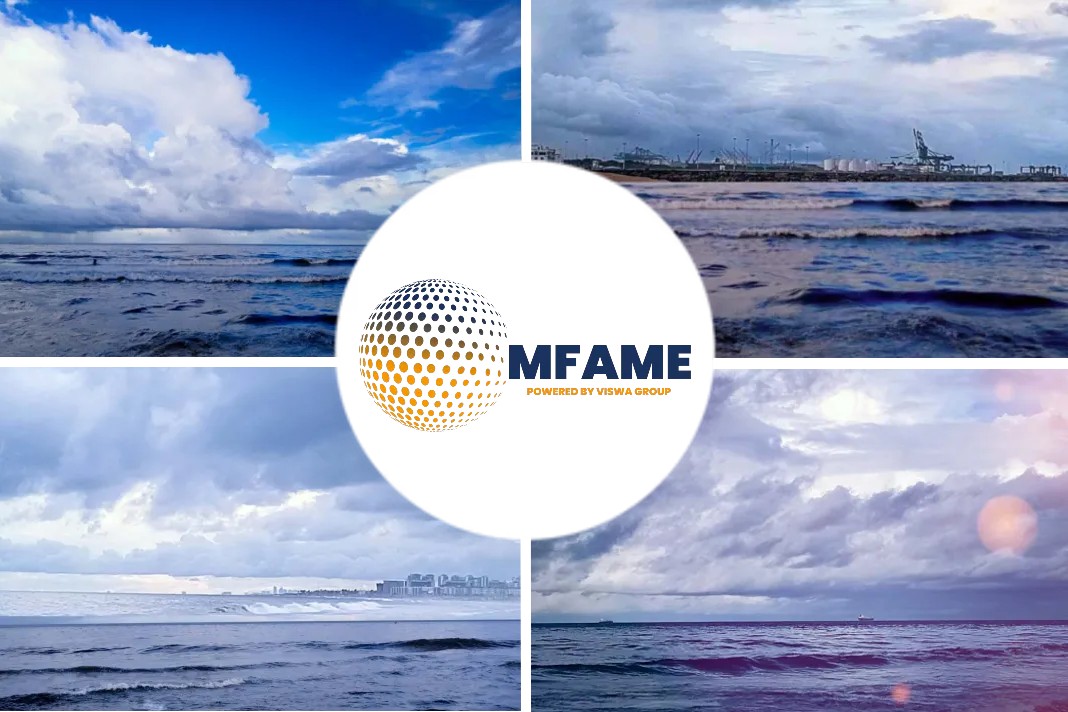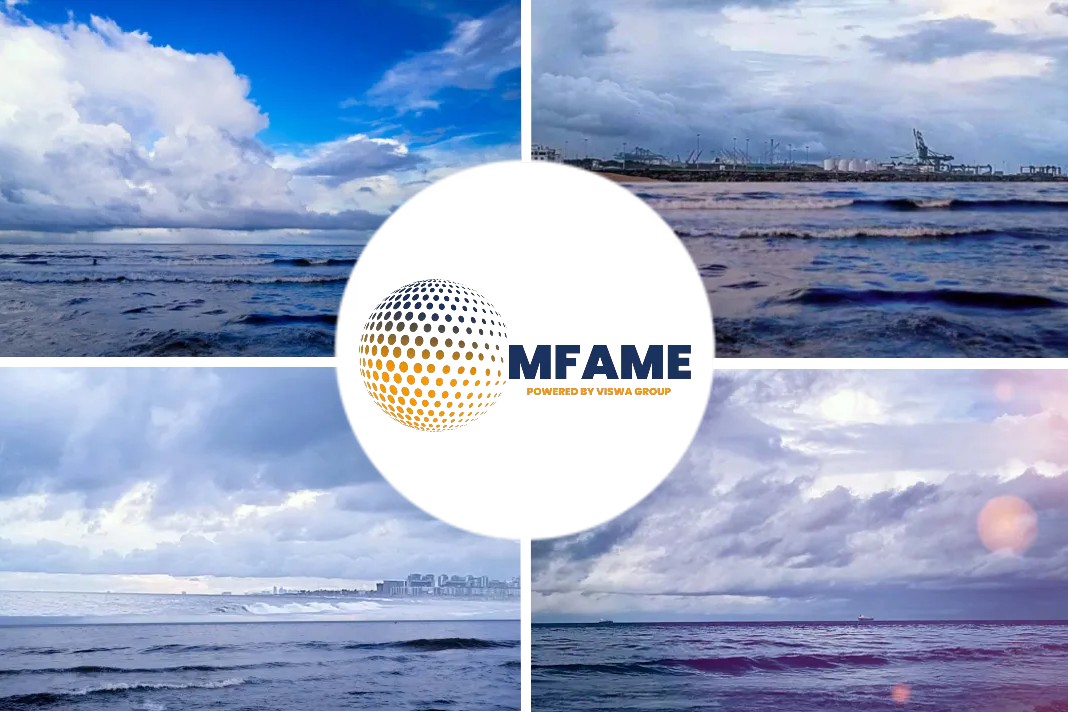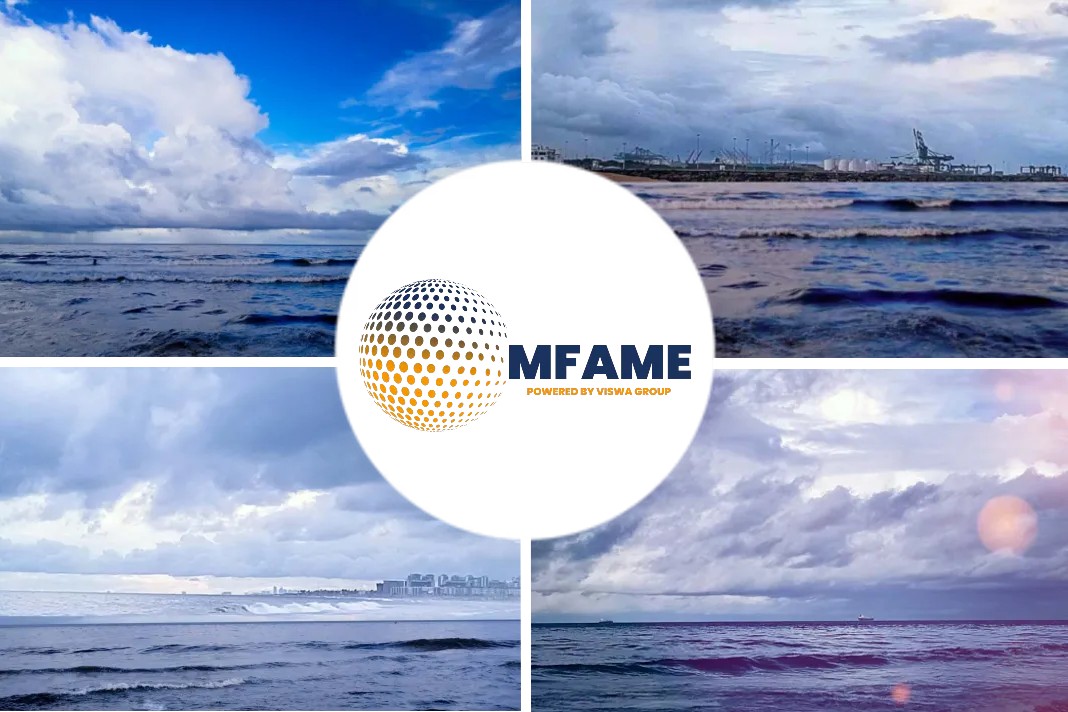
A USCG news source deals with Reducing Collision Risk by Improving Small Vessel Detectability.
The problem
Small vessels constructed of wood or fiberglass are difficult to detect by radar.
Even if producing a radar return, small vessels can be obscured by the trough of passing swells and make for intermittent radar targets.
The NTSB investigated a casualty in which two vessels—a 23-foot-long center-console boat with a fiberglass hull and a 154-foot-long US Coast Guard cutter—collided because neither crew saw the other vessel approaching, either visually or by electronic means. Had the fiberglass boat been equipped with a radar reflector, it may have appeared on the cutter’s radar, providing the cutter’s crew an opportunity to detect the boat. Similarly, had the boat been equipped with an automatic identification system (AIS) transponder, the cutter’s crew may have been aware of the boat.

What can you do?
Early detection of a vessel is one of the best ways to avoid collision. Owners of recreational boats and small commercial fishing vessels can use devices to improve their vessels’ detectability by enhancing nearby traffic’s awareness of their position.
Install a radar reflector, which is a device designed to create a strong reflection of radar energy in order to make it clearly visible on ships’ radar screens. The reflector is mounted as high as possible on a boat, typically by hoisting the reflector from an existing or purposed mast.

Use AIS Class B or B+ to provide identification and position information to vessels and shore stations, allowing small vessels to see and be seen by other ships operating in their area. An AIS transponder consists of a GPS receiver and a VHF data radio. The transponder transmits a vessel’s GPS position on VHF channels dedicated to AIS.
- AIS Class B provides the safety and navigation benefits of AIS to smaller vessels—with lower cost and simpler
- AIS Class B transponders have a lower power output (maximum range of 8–10 miles to nearby vessels), are less expensive, and transmit a vessel’s position less frequently than an AIS Class A
- Recently, class AIS B+ transponders were AIS B+ has greater range and transmits positions more frequently than a Class B transponder.
Radar reflectors and AIS Class B and B+ units are available at commercial and recreational marine suppliers; they are currently used on many small vessels such as sailing vessels, yachts, and power boats.
Did you subscribe to our daily newsletter?
It’s Free! Click here to Subscribe!
Source: USCG

















